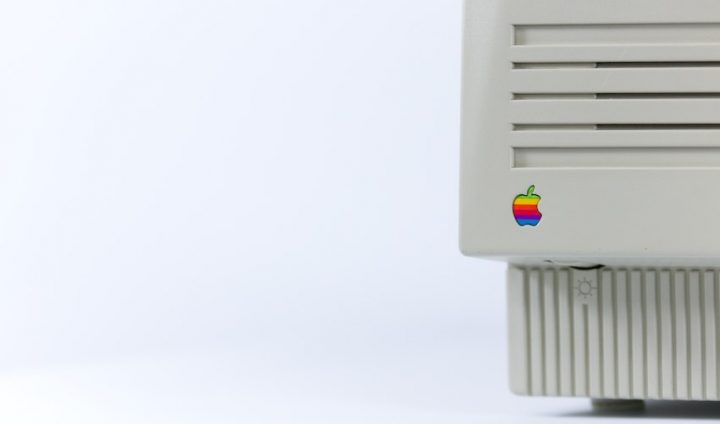At the same time, another event also affected the later development of Apple. The success of the Apple II had led to almost tenfold growth in Apple’s sales performance in its early years. So many people advised Jobs that he was a college dropout and the company was growing so fast that he should find someone who really understood management to help him run the company. Jobs believed this at the time and eventually dug up John Sculley, then president of PepsiCo. Sculley is said to have gone to Apple because he was moved by a sentence from Jobs. Jobs said, “Do you want to sell sugar water for the rest of your life or change the world with us?” Sculley was known in the industry for his strong marketing skills. When he was at PepsiCo, he used a series of marketing plans to beat Coca-Cola. After coming to Apple, he did the same thing and launched a series of marketing offensives against IBM, the market giant in the computer industry at the time. Obviously Sculley was a “left-brained leader,” and as a result, he and “right-brained leader” Jobs had many conflicts over management philosophy and strategy.
To some extent, we can see that period of history as Jobs’ first attempt to establish “The Right-Brained Organization.” Unfortunately, this radical transformation failed. The new computer was too expensive and did not sell well, and sales performance fell far short of expectations. Jobs himself was driven out of Apple by Sculley’s skilled power struggle.
Although Jobs later had a low opinion of Sculley, in fact it was during that period that Apple underwent a transformation from an undefined startup to a formal public company, a typical “left-brained organization.” In hindsight, this stage was actually very important for Apple’s later development. As we emphasized earlier, “The Right-Brained Organization” must first become a “left-brained organization.” A purely “right-brained organization” cannot survive.
And Jobs himself was swept out of the company he founded. This had a huge impact on him personally. He once said he wanted to escape because he felt everyone in Silicon Valley was laughing at him. But Jobs ultimately chose to “fight.” This period of being expelled was actually very critical for Jobs’ personal growth. It was a process of phoenix nirvana.
Obviously, when Jobs returned to Apple in 1997, he was different. Although he sometimes still seemed stubborn and would easily say no to new ideas, this was just his strategy. In his view, if people gave up easily after proposing something once, either the plan wasn’t good or the person wasn’t good. Either way, the idea wouldn’t succeed. On the other hand, when you realize that this is the only viable method, you will persist in proposing it a second or even third time. This means that the plan is viable and so is the person. At this point, Jobs would change and be willing to listen to your opinions. Obviously, Jobs had mastered the method of making intuition and logic work together.
More importantly, he clearly pointed out the direction for Apple’s product development: improving “user experience.” He required engineering to serve design rather than design accommodating engineering. This drove engineers almost crazy. But when Jobs pulled out an ultra-thin notebook from his briefcase, everyone knew it was worth it.
Jobs’ success gave us the formula for transforming “The Right-Brained Organization”: under the leadership of a “right-brained leader” with “left-brain capabilities,” starting from a mature “left-brained organization” and gradually transforming into “The Right-Brained Organization,” gradually pushing forward change one thing at a time.

